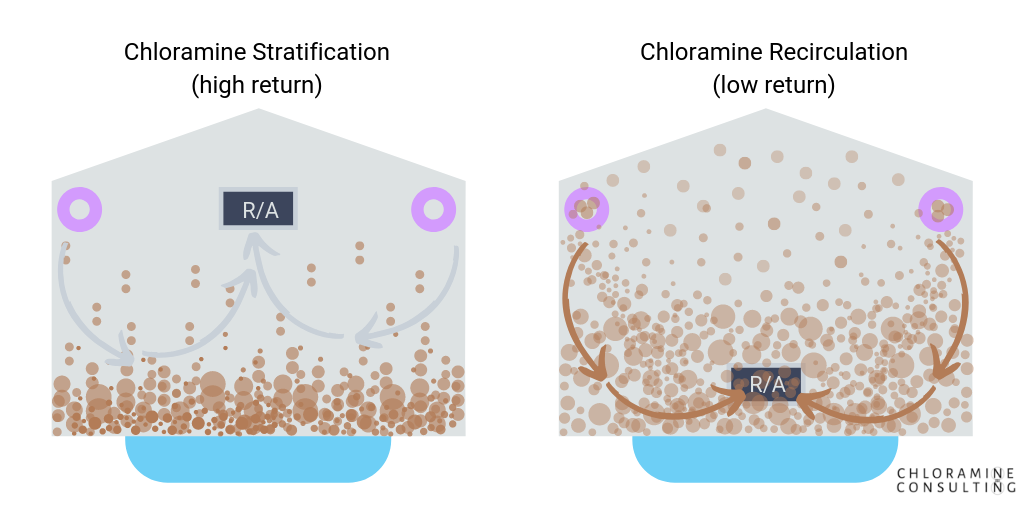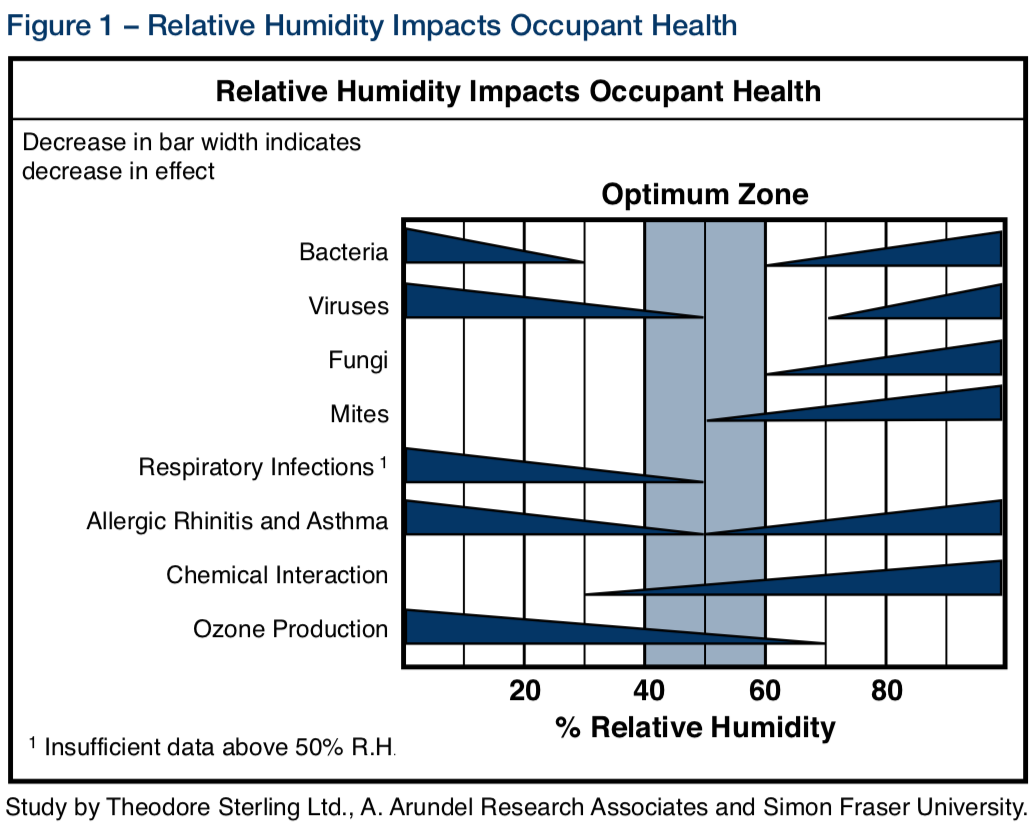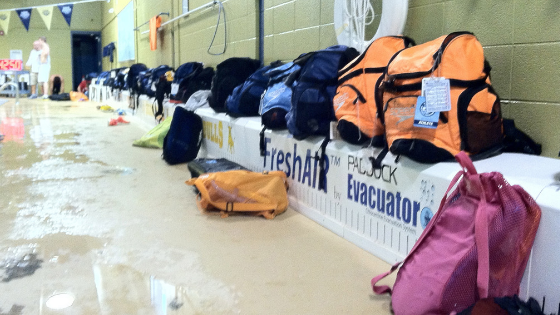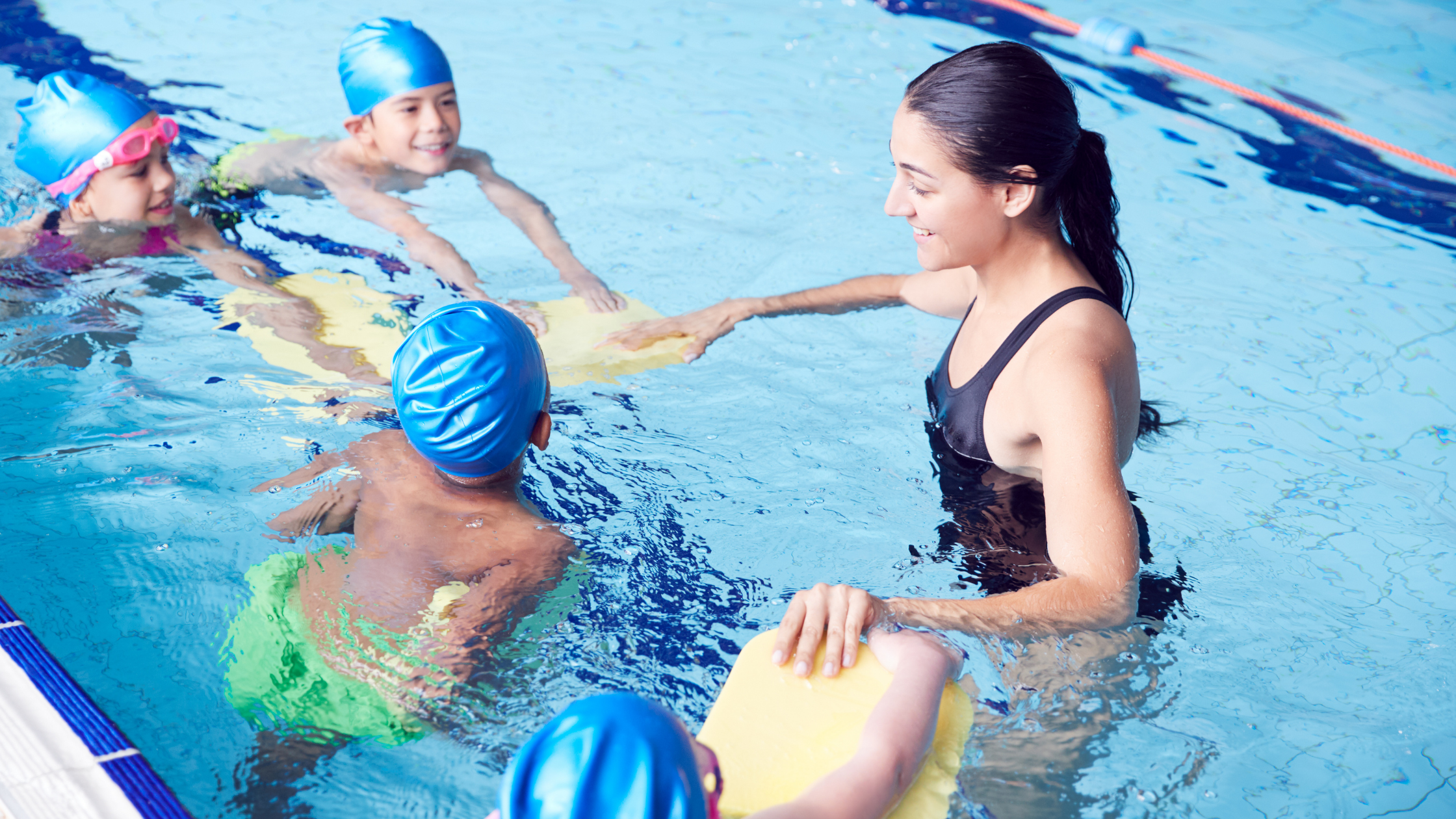ASHRAE Standard 62.1 for Indoor Swimming Pools
How do mechanical engineers know what to design for specific rooms, like natatoriums? What natatorium design resources do they use as guidelines? As it turns out, there are some standards and codes for designers to follow, and the American Society of Heating, Refrigeration, and Air Conditioning Engineers (ASHRAE) publishes those standards.
ASHRAE Standard 62.1
Ventilation for Acceptable Air Quality in commercial buildings is specifically covered in ASHRAE section 62.1.
ANSI/ASHRAE Standards 62.1 and 62.2 are the recognized standards for ventilation system design and acceptable IAQ. Get the information you need to ensure a project is designed according to the latest requirements.
ASHRAE Standard 62.1 helps engineers design projects according to the latest requirements. It is a standard, not a code. The difference is a legal one, in that codes are written in the law, whereas standards are not. Industry standards, however, are still significant. They are considered minimum best practices for the industry to follow. And quite often, local codes are derived from industry standards like ASHRAE 62.1.
ASHRAE's published design handbook covers just about every type of indoor room, like school classrooms, commercial kitchens, and of course, indoor swimming pools. Unfortunately for swimmers and lifeguards, the section for indoor swimming pools is only four pages long and is open to many interpretations.
Of the hundreds of indoor pools we have personally visited over the years, we have found only a few that were not in compliance with ASHRAE 62.1. Yet, despite being within the 62.1 standard, the natatoriums we visited all had severe problems with indoor air quality (IAQ). So it's not that the ASHRAE standards are wrong, it's that the handbook leaves open too many ways for a facility to have problems with chloramine pollution.
In other words, the guidelines are not specific enough for indoor swimming pools.
Focus Points of ASHRAE 62.1
Section 62.1 is full of great information. Of the four pages devoted to indoor swimming pools, the first page focuses on humidity and evaporation control. It gives helpful formulas for moisture load and evaporation rate calculations. It then covers the ventilation requirements. Here's one excerpt:
"Complaints from swimmers indicate that the greatest chloramine concentrations occur at the water surface. Children are especially vulnerable to the ill effects of chloramine inhalation." 1
ASHRAE's description of the chloramine problem is accurate. And it goes on to recommend:
"Exhaust air intake grilles should be located as close as possible to the warmest body of water in the facility. Warmer waters and those with high agitation levels off-gas chemicals at higher rates compared to traditional pools." 1
We agree (for the most part)! But the handbook does not specify directional airflow of supply air, or the location of these exhausts relative to the rest of the room. It just says to exhaust as close as possible to the warmest body of water in the facility. But what if the natatorium has a small spa in a corner? Are we to exhaust from that corner, and ignore the main pool? ASHRAE doesn't specify.
Again, this is not a knock against the standard. We are merely illustrating how open to interpretation the standards are. Nothing in the standard is wrong, per se, it's just too broad.
The handbook goes on to recommend duct design for supply air and return air, as well as an overall airflow recommendation for the building envelope. These airflow recommendations are primarily about washing windows to prevent condensation, and flushing corners to prevent areas of stagnant air.
The final focus of the 4-page natatorium section in ASHRAE 62.1 is about Energy Considerations. As mentioned in another one of our articles, natatorium dehumidification costs can be substantial. In fact, energy costs are often the single-largest expense for a facility (excluding personnel). Energy recovery is essential, which is why facilities in the past several decades have moved to close the 'energy loop'.
Sure, you could drastically increase the amount of outdoor air and exhaust, but that's just diluting chloramines, not capturing and removing them. Either way, you could still be within the standard.
Balancing functionality, affordability, and air quality
The design handbook offers minimum standards for engineers to meet. A mechanical engineer must also balance those standards with functionality, air quality, and affordability. It is a difficult task because many of the variables, like the client's budget, are out of the engineer's control.
To compound the challenge, most engineers that we speak to rarely design swimming pools, if ever. There is too much room for error, and it puts engineers in a tough position.
Functionality
An indoor swimming pool's HVAC system must:
- condition the entire space within the desired temperature and relative humidity ranges,
- circulate the entire room's air volume 4-6 times per hour,
- distribute conditioned air in all the right places (with the right amount of air),
- keep the natatorium slightly-negatively pressured (10-15%), and
- remove chloramine contamination.
Properly sized Pool Dehumidification Unit (PDU) systems can handle the first four...but not the fifth. For that, they need to integrate with a source-capture exhaust system. Without source-capture exhaust, the best a PDU can do is flood a room with more outdoor air. Not only does that just dilute the air, it's also extraordinarily expensive.
Affordability
Imagine it's winter, and the outside temperature is exactly at the freezing point, 32ºF (0ºC). When a system is trying to address indoor air quality (IAQ) through the "solution by dilution" method, it brings in excess outdoor air. The problem is, the system must now heat that outdoor air to eventually being 2ºF warmer than the pool. So if your pool is kept at 84ºF (28.9ºC), that means the indoor air needs to be 86ºF (30ºC). In our example, that means your PDU must increase the temperature by 54ºF (30ºC). And that temperature difference (also called Delta-T, or ∆T) takes a tremendous amount of energy.
So a better, more affordable option is to exhaust the ASHRAE standard's minimum amount of air, and recirculate the rest. But again, without an Evacuator® system source-capturing the airborne chloramine pollution, you could be recirculating chloramines. If the exhaust fan is within the return path, watch out.

It would be even better for energy recovery if the natatorium had a separate energy recovery system for the Evacuator's dedicated exhaust. Such technology exists, and while adds cost up front, the ROI after just a few years is generally worth it.
And normally, air quality comes with a much higher price tag. With natatoriums, that's not necessarily the case...having better air quality can actually save operating costs.
Air Quality
As far as ASHRAE is concerned, air quality is creating a healthy, safe environment for people to be in. By this explanation, air quality is not exclusively about chloramines and other disinfection byproducts (DBPs). It's about things like relative humidity being 40-60% to prevent mold and other diseases from thriving. In natatoriums, however, the recommended RH is 50-60%, and ideally 55%.

Then there is patron comfort. If you have ever spent more than an hour on an indoor pool deck, you know that the heat and humidity usually cause you to sweat...a lot. The PDU could lower the humidity for the dry people's comfort, but that would make the wet people colder (evaporative cooling on skin is a real thing, ask any swimmer who is shivering on an 85ºF indoor pool deck). The PDU could also lower the temperature for dry people, but that would actually increase the evaporation rate of the pool, which puts more moisture-removal burden on the PDU itself, adding stress and increasing energy costs.
Everything must be a balance, because when one factor changes, there are always side consequences.
Related: Natatorium Design Resources
Conclusion
The ASHRAE standards are a great baseline for design, especially for commercial buildings. They only fall short, in our opinion, in natatorium design because they are too vague. There are too many ways to interperet the guidelines, and furthermore, there are only four (4) pages in the ASHRAE handbook devoted to natatoriums. The truth is, natatoriums are very complex buildings. They have variables and unique circumstances unlike any other room.
We have personally seen hundreds of natatoriums that were designed within the ASHRAE 62.1 standard, yet they still struggled with indoor air quality.
We at Chloramine Consulting help engineers design natatoriums (and remedy existing ones) with HVAC systems that meet the ASHRAE standards, and also take into account functionality, affordability, and of course, air quality. All of those needs can be met. You just need to know what you're looking for.
1 2011 ASHRAE Handbook - HVAC Applications §62.1, page 5.7

 By
By



